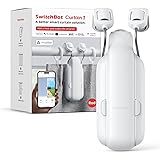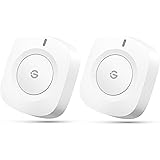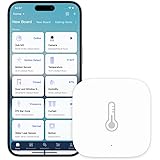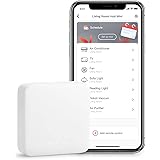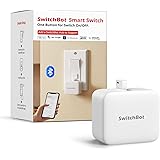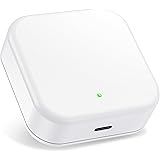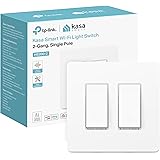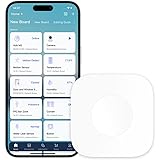Home automation has become more than just a sci-fi dream of the future. It can make your life more comfortable and convenient, and help save money by reducing energy consumption and eliminating wasteful expenditures. But how exactly does home automation work?
The idea of controlling everything from your smart security system to your thermostat via smartphone seemed like the stuff of science fiction only a decade or two ago. Nowadays, it’s a very achievable reality that can be tailored to suit any lifestyle or budget.
It starts with a network of interconnected smart devices, usually running on a hub and powered by WiFi. This is the foundation, on which the rest of your home automation can be built. The hub is essentially the brain of the system that connects all the individual devices and creates a cohesive experience. The devices themselves can range from simple binary products such as lights, power outlets and security sensors that have just two states—on and off, to complex systems like heating and cooling equipment.
From there, you can add features like voice-activated assistants, which allow you to control devices by simply asking them. If the west-facing window lets in too much sunlight, for example, you can programme your motorised blinds to close every noon. Or if your child’s tuition teacher comes by at the same time each day, you can have the smart lock system automatically unlock for her.
Another advantage is that smart home technology provides a level of convenience and comfort you wouldn’t be able to achieve with manually operated appliances or traditional home controls. Forgetting to turn off the living room lights or leaving the air conditioner on full blast while you’re at work can lead to wasteful electricity usage that can increase your energy bills and impact your environment.
A home automation system can help you save money by integrating your smart security with other devices that monitor and operate in tandem with your home’s climate and lighting controls. You can also use your home automation to schedule and preprogram tasks based on the time of day or activity in your house, such as setting up smart speakers to play music on a preset playlist when you get home or switching on dimmers and switches based on movement.
With the right tools and support, you can build a smart home that meets your specific needs. But just remember, it’s best to lay the groundwork during your home’s construction or renovation, as the most advanced systems require wiring and structural considerations. Then you’ll be able to enjoy all the benefits of home automation help, and continue to upgrade your smart home as you go along.

